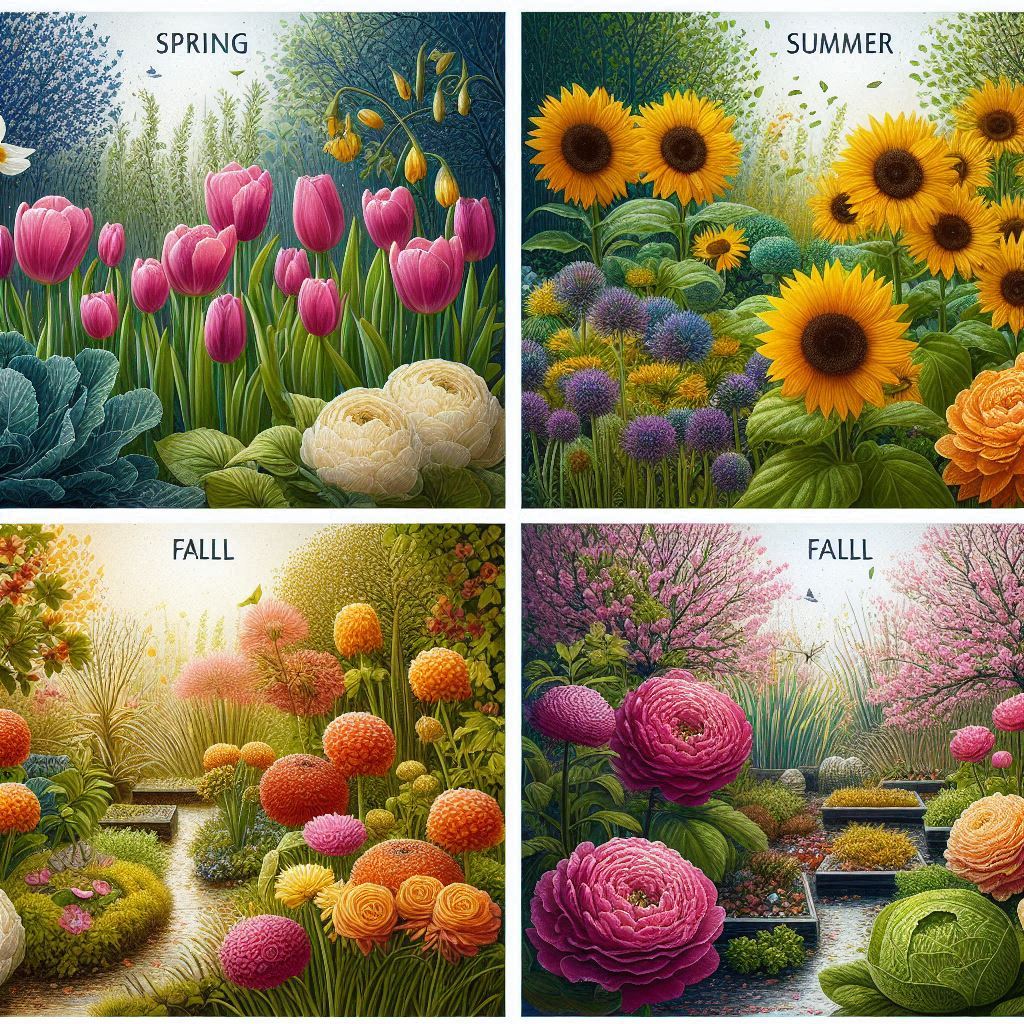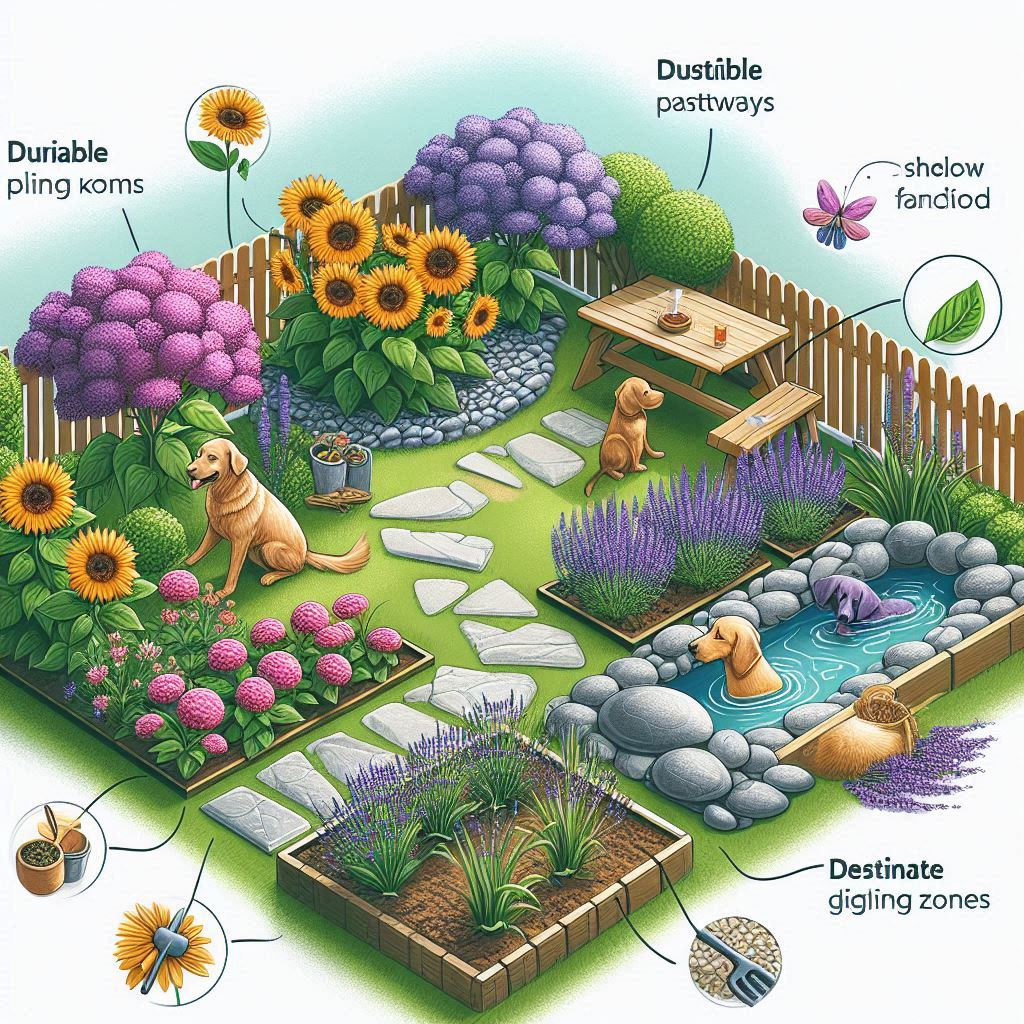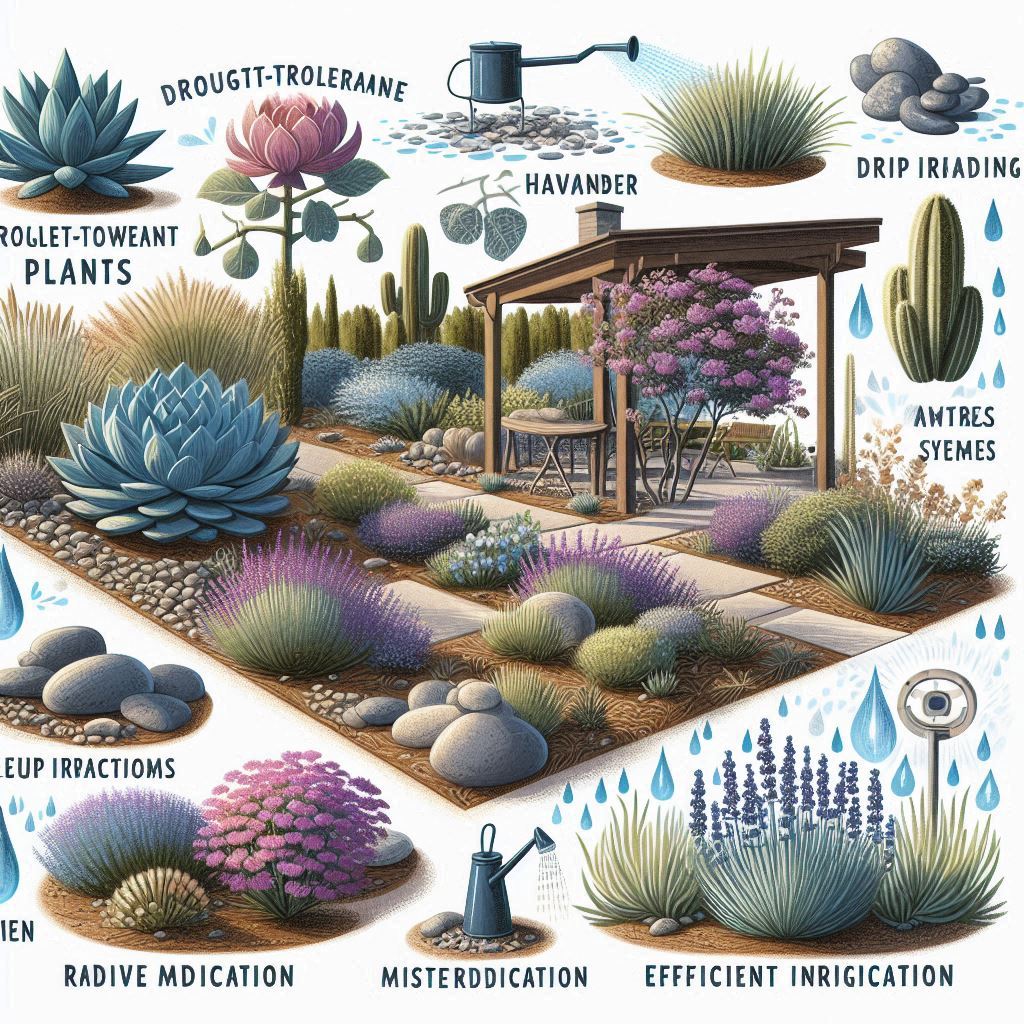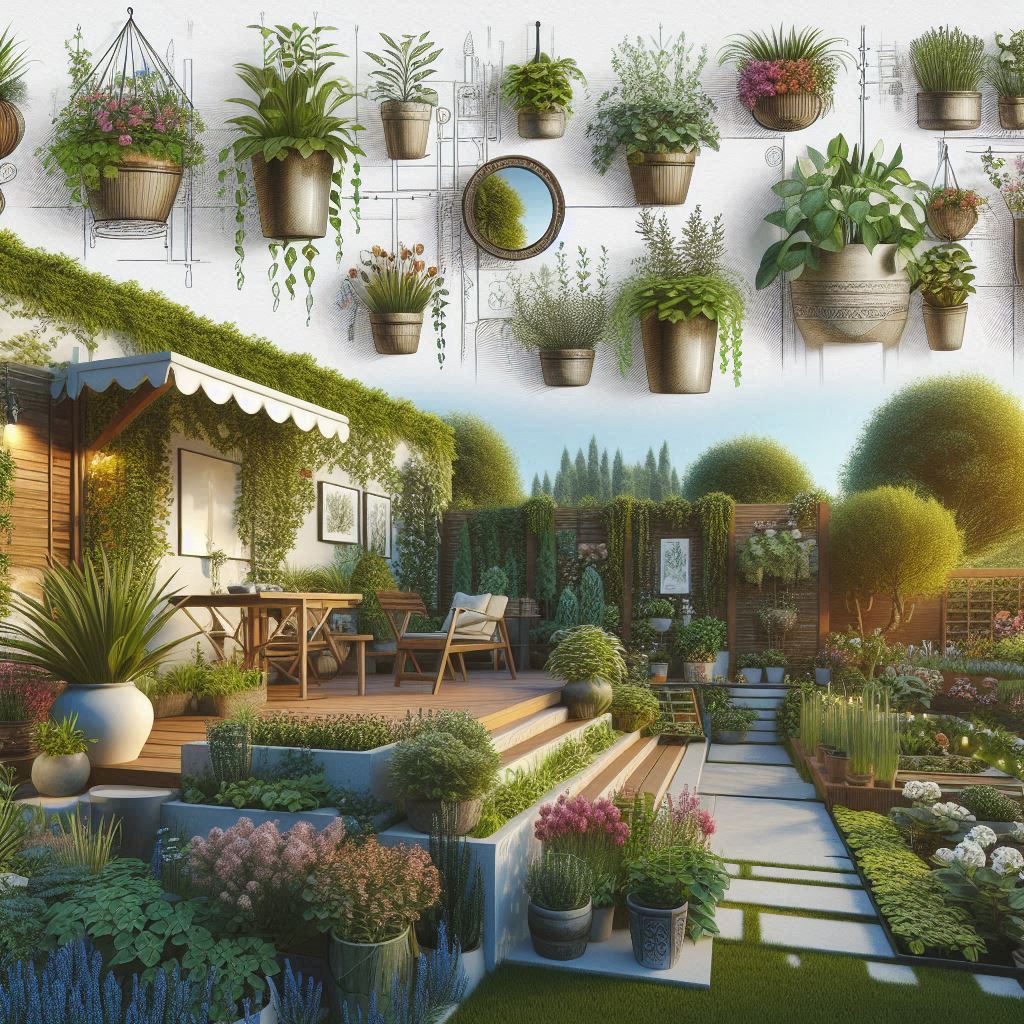Gardening isn’t just a springtime activity—by planting strategically throughout the year, you can enjoy beautiful blooms in every season. Whether you’re a seasoned gardener or just starting, understanding the best plants for each time of year will help you maintain a vibrant garden all year round. This guide will take you through the seasonal cycles, offering tips on what to plant and when to ensure your garden stays colorful and lush no matter the season.
1. Spring: The Season of Renewal
Spring is the time when nature wakes up from its winter slumber, and your garden is ready for a fresh start. As temperatures rise and the days lengthen, it’s the perfect time to plant flowers, vegetables, and shrubs that will set the stage for a blooming garden.
- Flowers to Plant: Spring-blooming bulbs like tulips, daffodils, and crocuses should be planted in the fall for early spring blooms. Now is also the time to plant annuals like pansies, snapdragons, and petunias, which thrive in cooler temperatures and add vibrant colors to your garden.
- Vegetables to Plant: Early spring is ideal for planting cool-season vegetables like lettuce, spinach, peas, and radishes. As the soil warms up, you can start sowing seeds for warm-season crops like tomatoes, peppers, and beans.
- Shrubs and Trees: Spring is a great time to plant shrubs and trees, as they establish roots before the heat of summer. Consider planting flowering shrubs like azaleas, rhododendrons, and lilacs, which will bloom in late spring and early summer.
2. Summer: The Season of Growth
Summer is when your garden is in full swing, with long days and plenty of sunshine fueling rapid growth. This is the time to focus on maintaining your garden and planting heat-tolerant varieties that will thrive in the summer heat.
- Flowers to Plant: Summer is perfect for planting heat-loving annuals like marigolds, zinnias, and sunflowers. These flowers can withstand high temperatures and bring vibrant colors to your garden. Additionally, perennials like daylilies, coneflowers, and black-eyed Susans will bloom throughout the summer and into early fall.
- Vegetables to Plant: Plant warm-season vegetables like cucumbers, squash, eggplants, and sweet corn. These crops love the heat and will produce abundant harvests if watered regularly.
- Herbs to Plant: Summer is also a great time to grow herbs like basil, oregano, thyme, and rosemary. These herbs thrive in warm weather and can be harvested throughout the season.
3. Fall: The Season of Harvest and Preparation
Fall is a transitional season where you can enjoy the fruits of your summer labor and prepare your garden for the colder months. It’s also a time to plant cool-season crops and flowers that will bloom in the fall and early winter.
- Flowers to Plant: Plant fall-blooming flowers like chrysanthemums, asters, and ornamental kale. These flowers add color to your garden as the leaves change and temperatures drop.
- Vegetables to Plant: In early fall, plant cool-season vegetables like broccoli, cauliflower, Brussels sprouts, and kale. These crops will mature in the cooler weather and can even withstand a light frost.
- Bulbs to Plant: Fall is the time to plant spring-blooming bulbs like daffodils, tulips, and hyacinths. Planting these bulbs in the fall ensures they have the cold period they need to bloom beautifully in the spring.
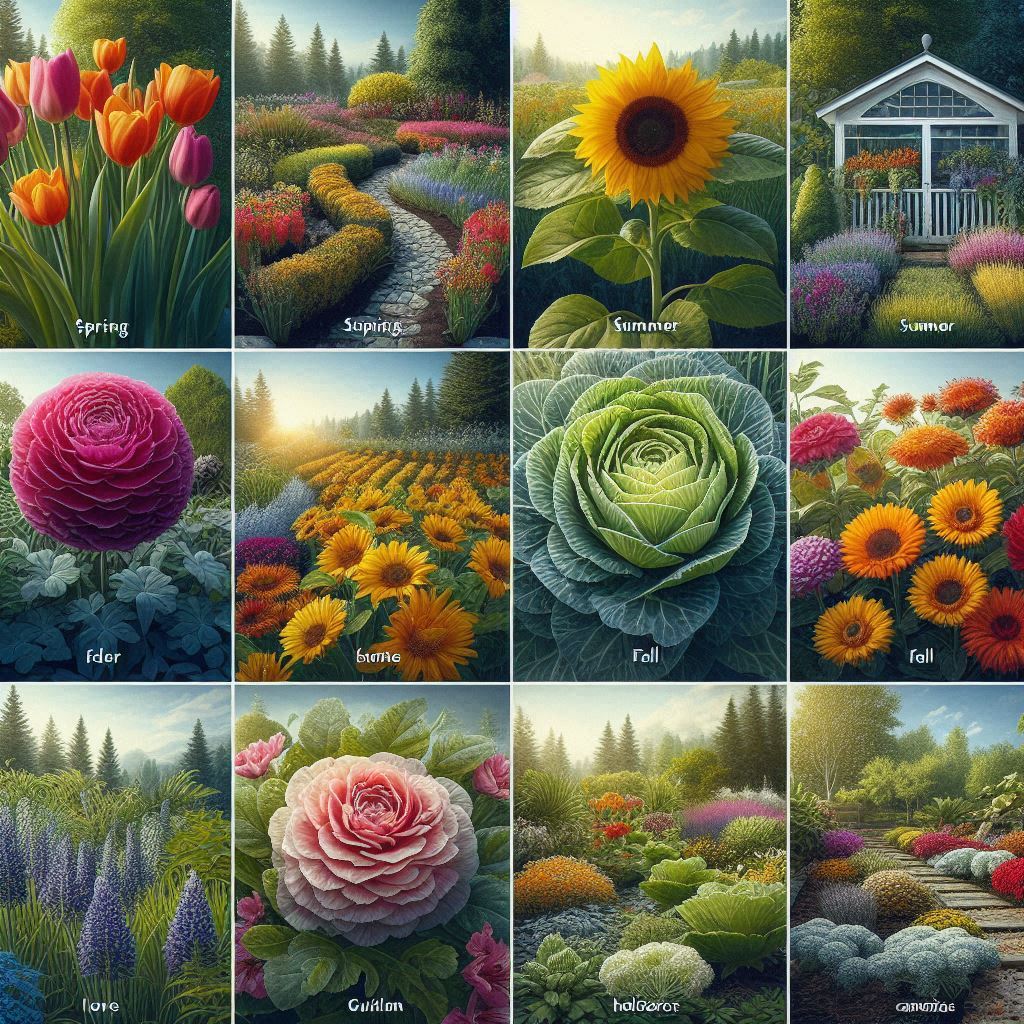
4. Winter: The Season of Rest and Planning
Winter may seem like a quiet time in the garden, but it’s actually a critical season for planning and preparing for the year ahead. While growth slows down, you can still enjoy certain plants and begin planning for the coming spring.
- Winter-Blooming Plants: Some plants, like winter pansies, hellebores, and camellias, can bloom in the winter, adding color to your garden even in the coldest months.
- Planning and Preparing: Use the winter months to plan your garden for the next year. Consider which plants performed well and what you’d like to add or change. You can also start ordering seeds and supplies for spring planting.
- Protecting Your Garden: Mulch your garden beds to protect plants from the cold and prevent soil erosion. You can also use row covers or cloches to extend the growing season for certain crops or protect sensitive plants from frost.
Conclusion
Year-round gardening is a rewarding endeavor that keeps your outdoor space vibrant and full of life no matter the season. By understanding what to plant and when, you can enjoy continuous blooms, fresh vegetables, and a thriving garden throughout the year. Whether you’re planting bulbs in the fall, tending to vegetables in the summer, or planning your spring garden in the winter, each season offers unique opportunities to cultivate beauty and abundance in your garden.
